Van Gogh House

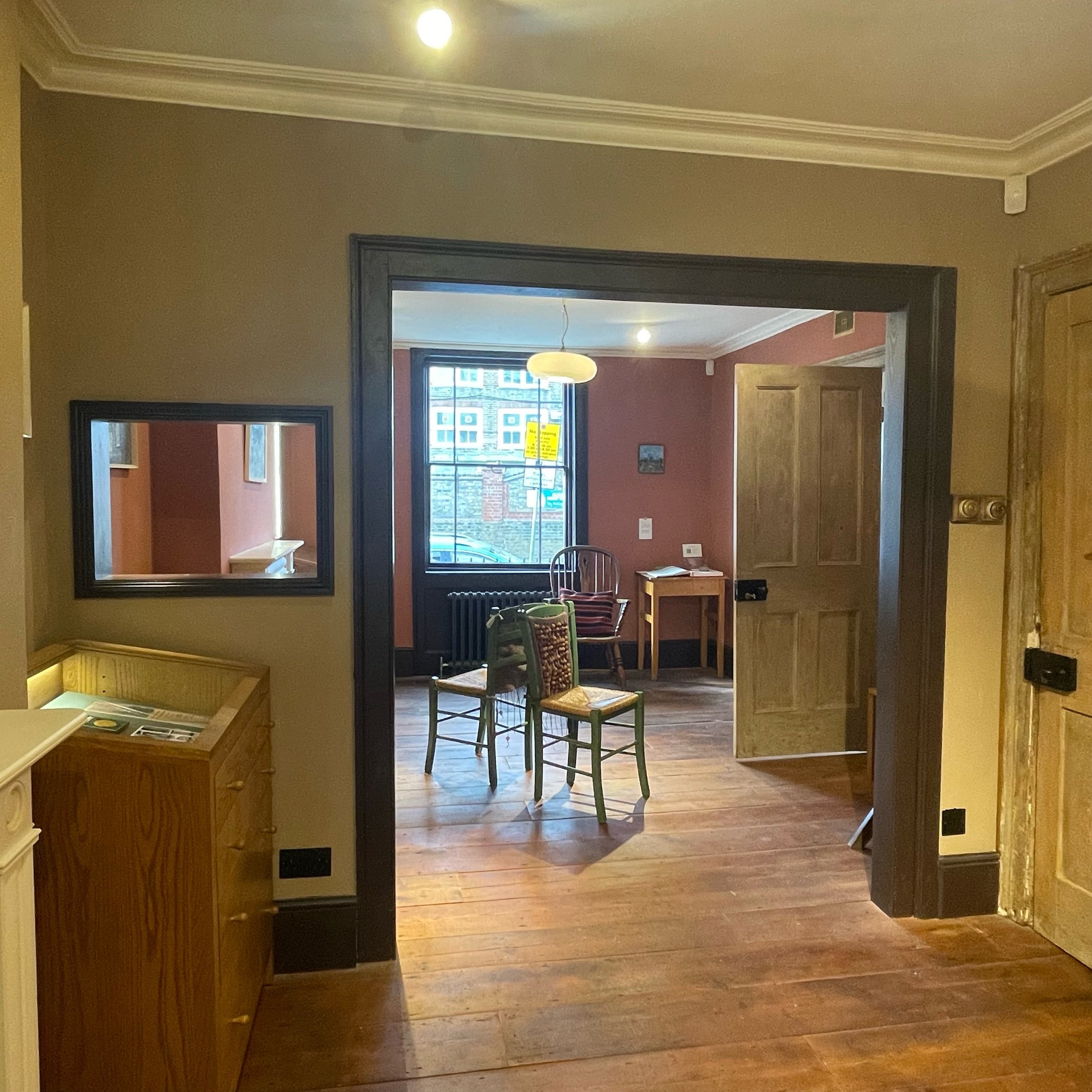
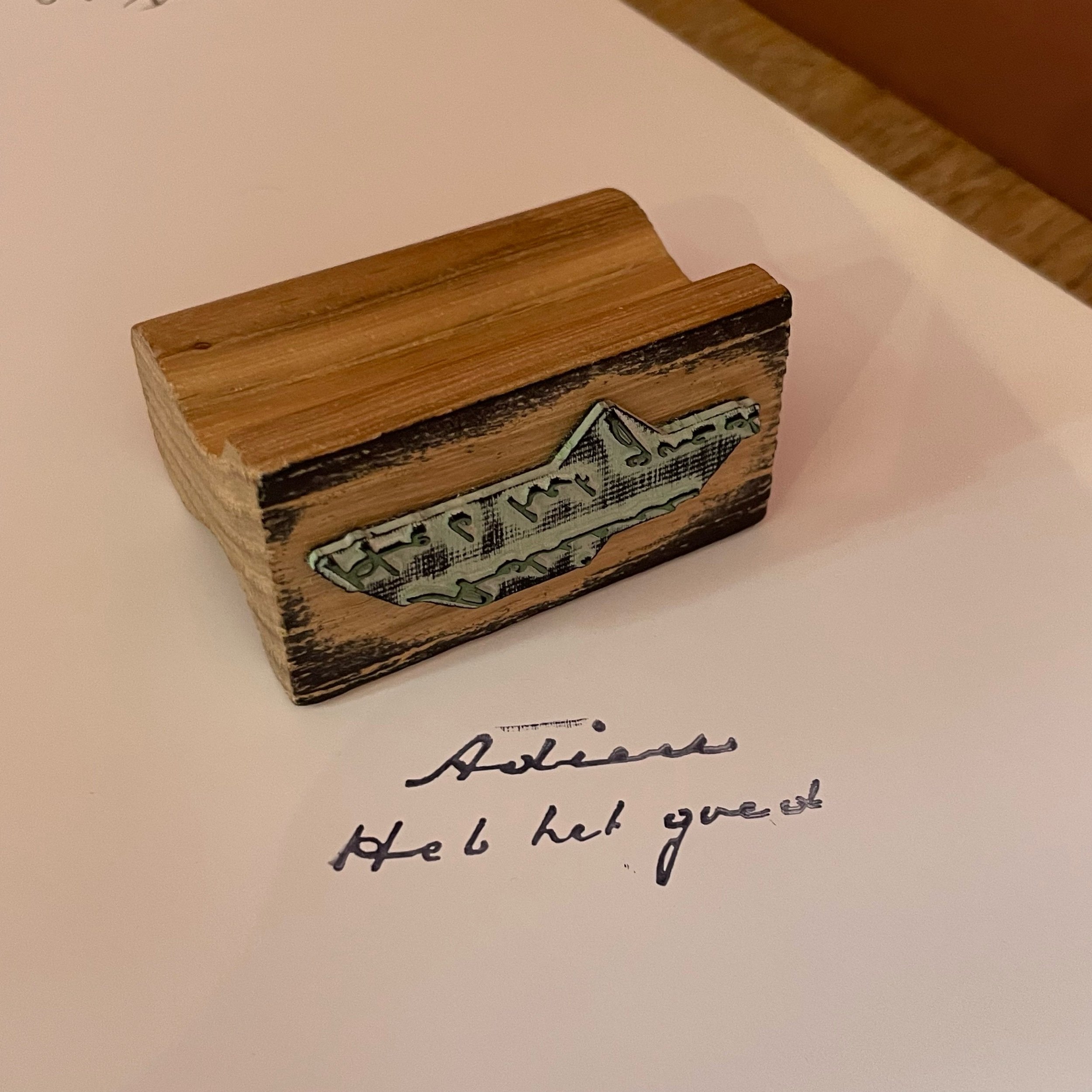
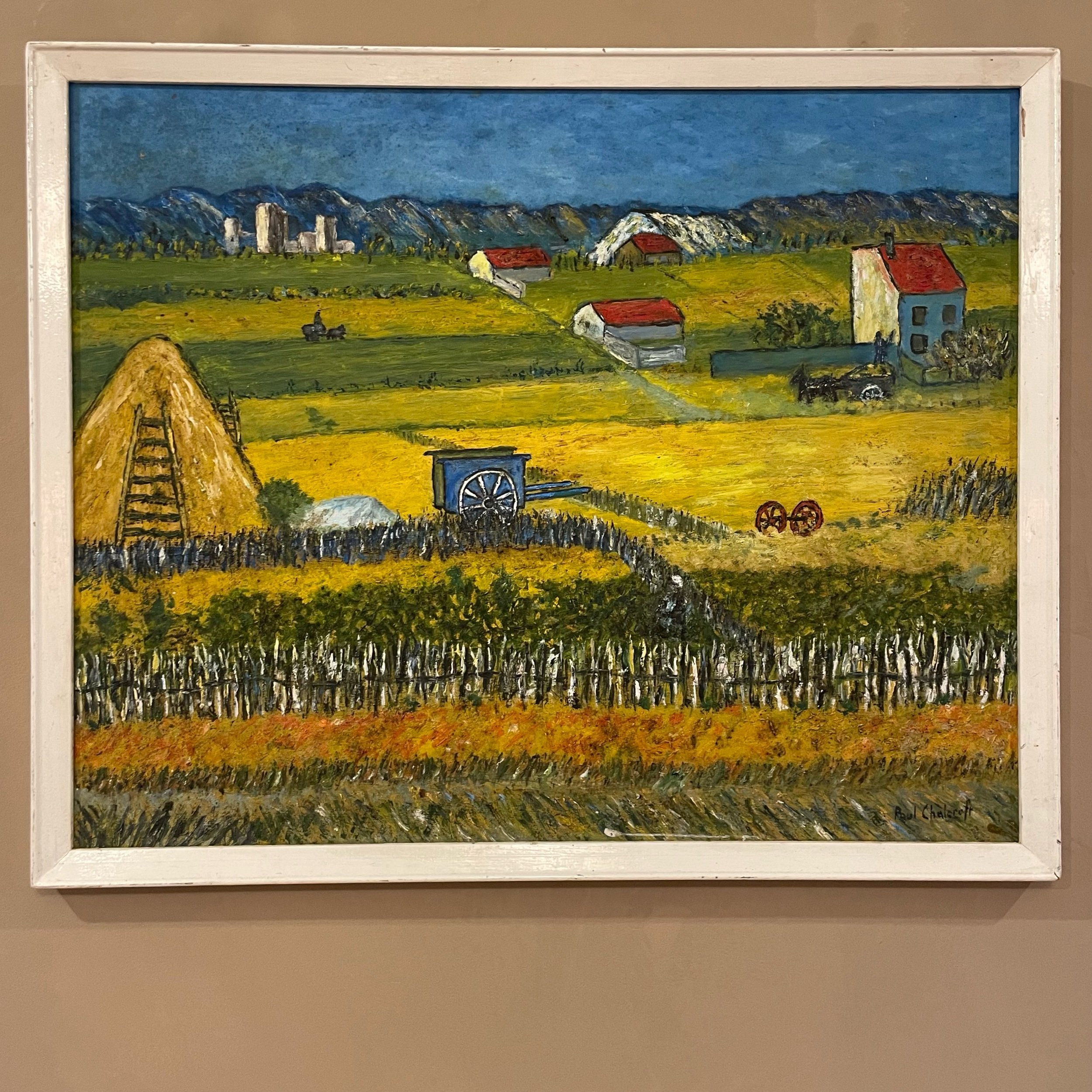
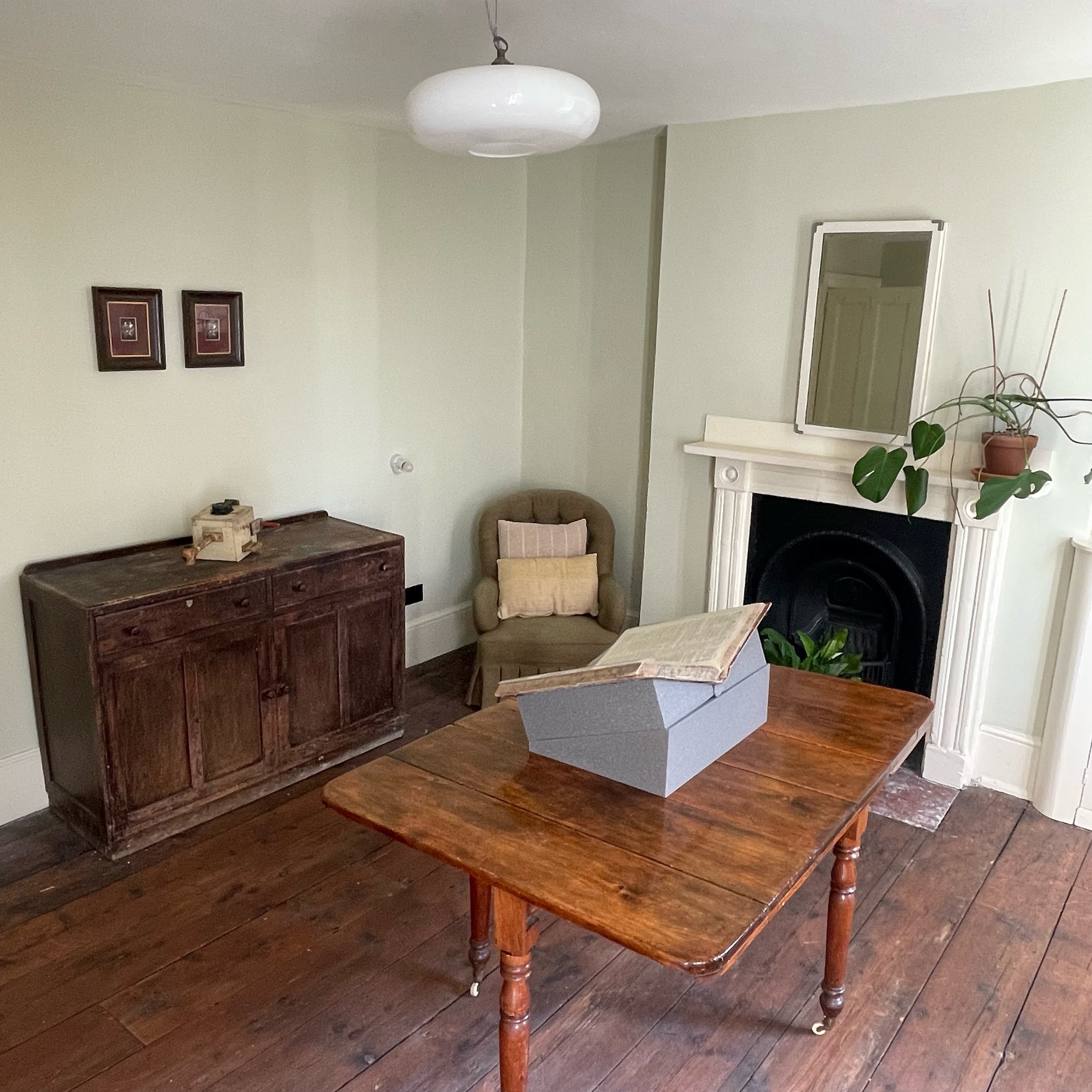
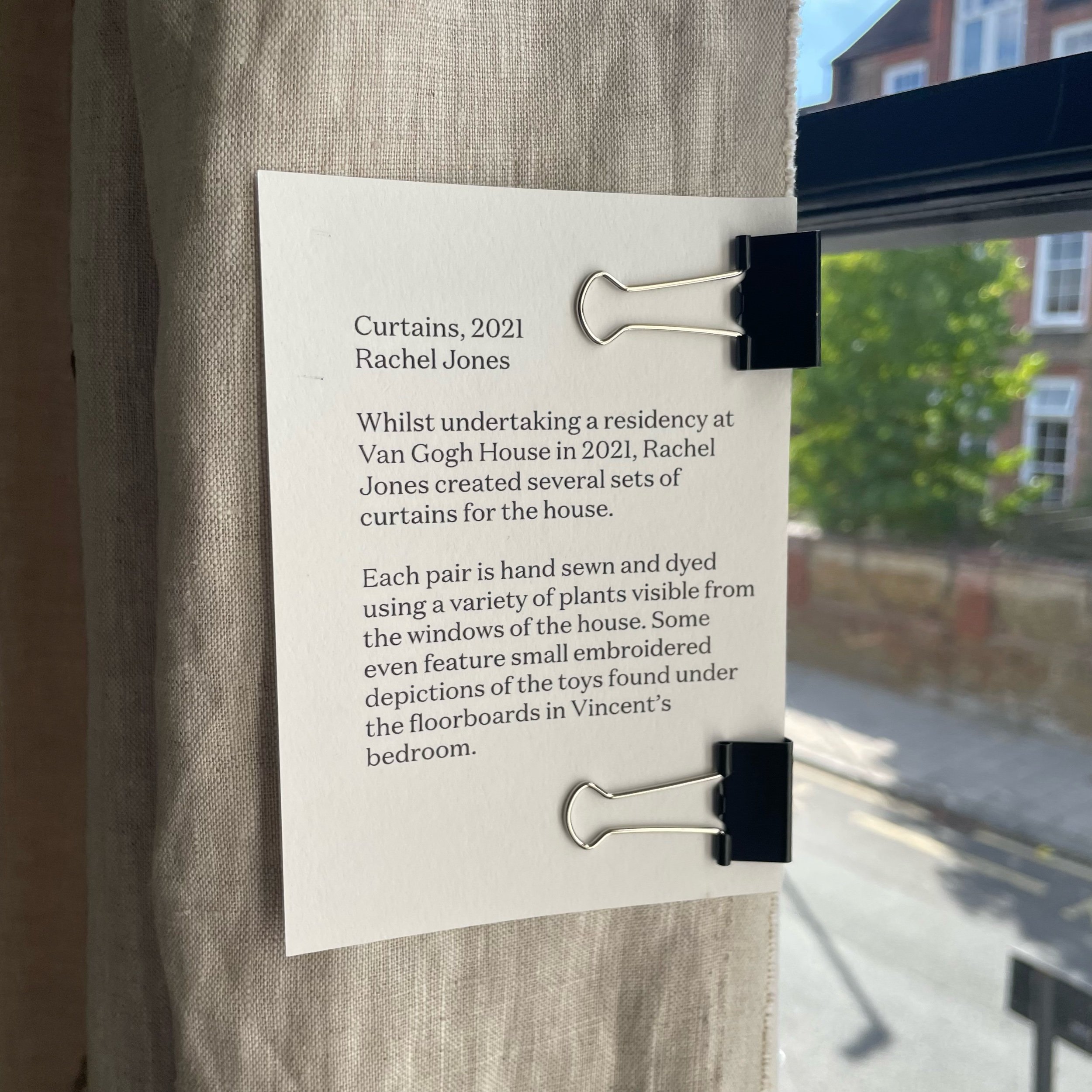
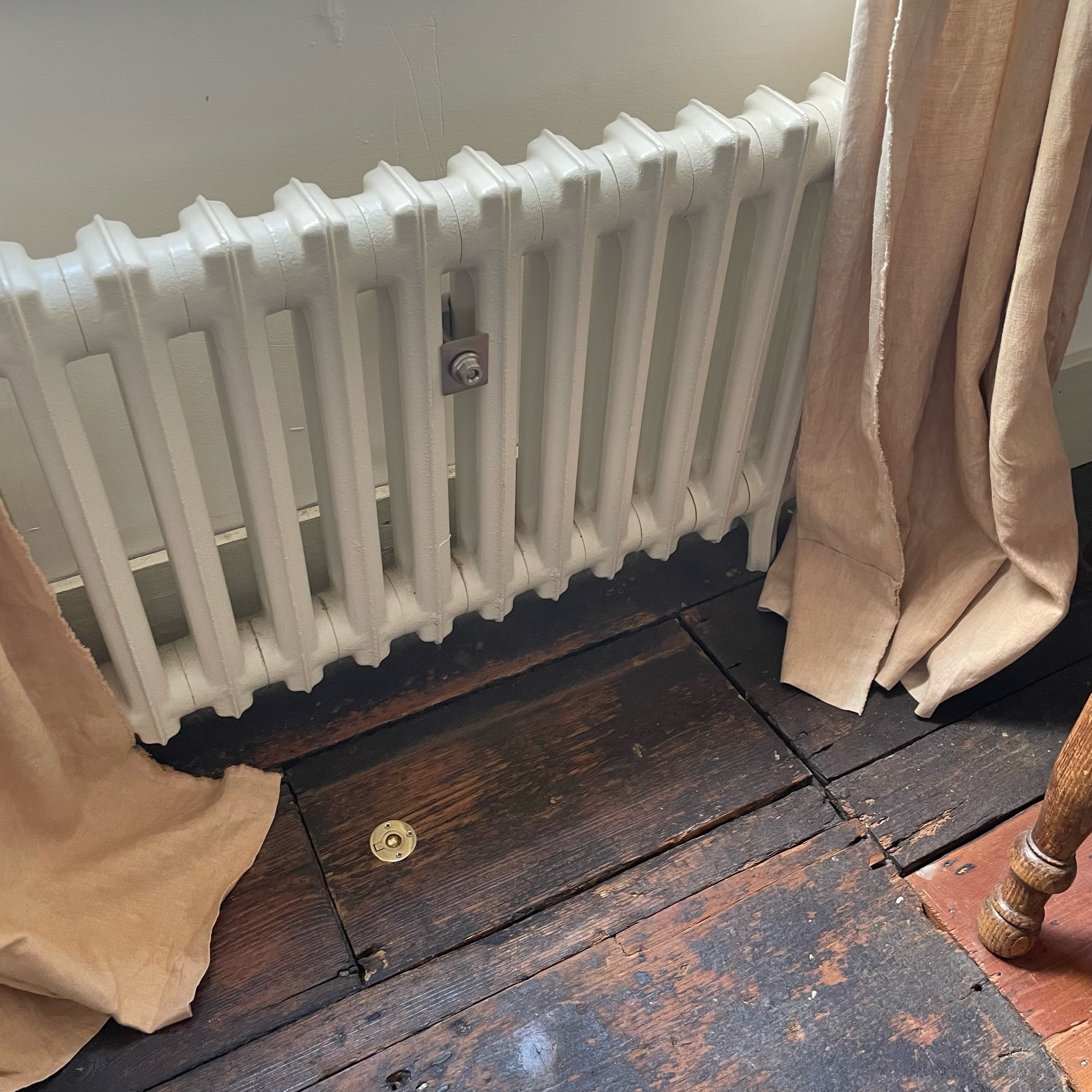
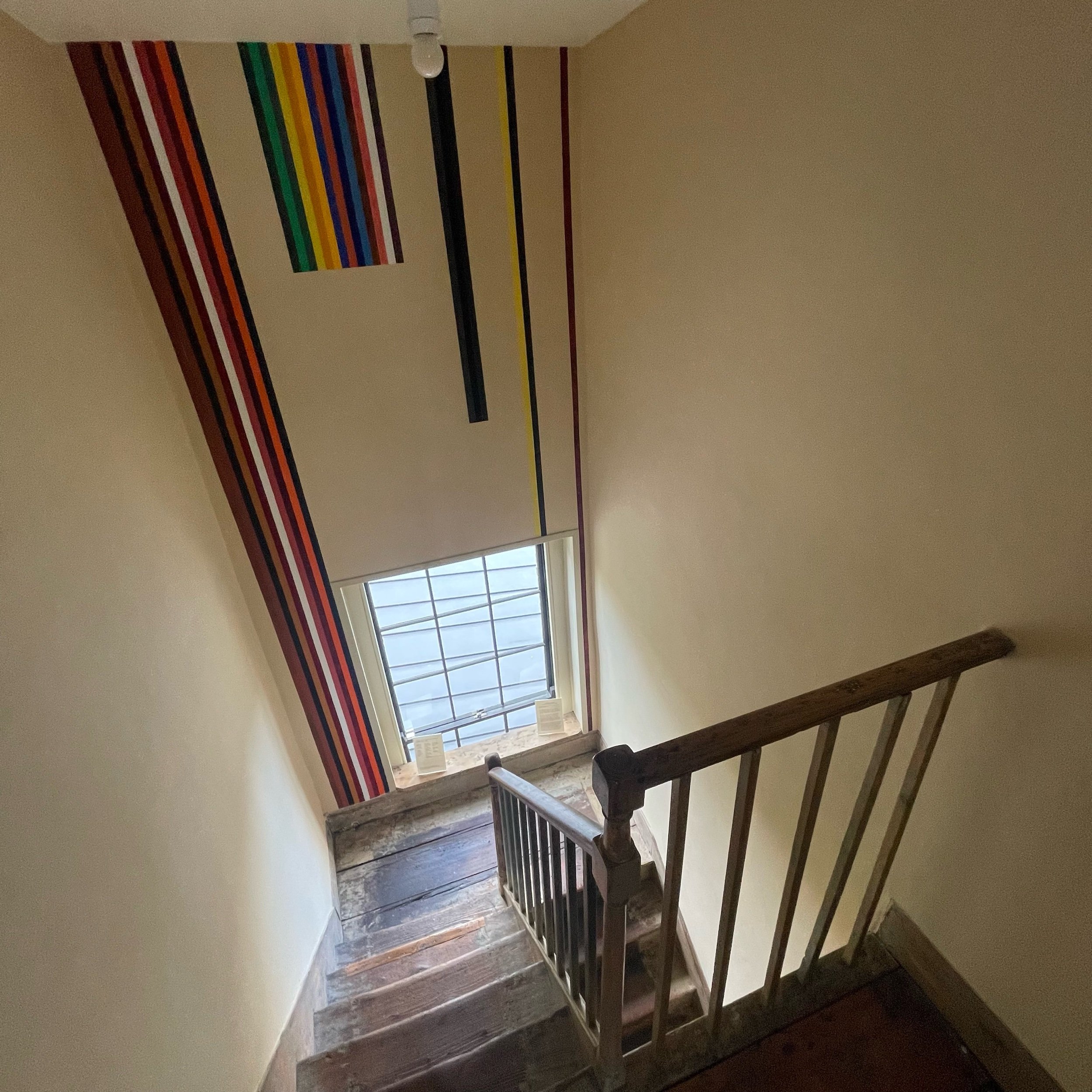
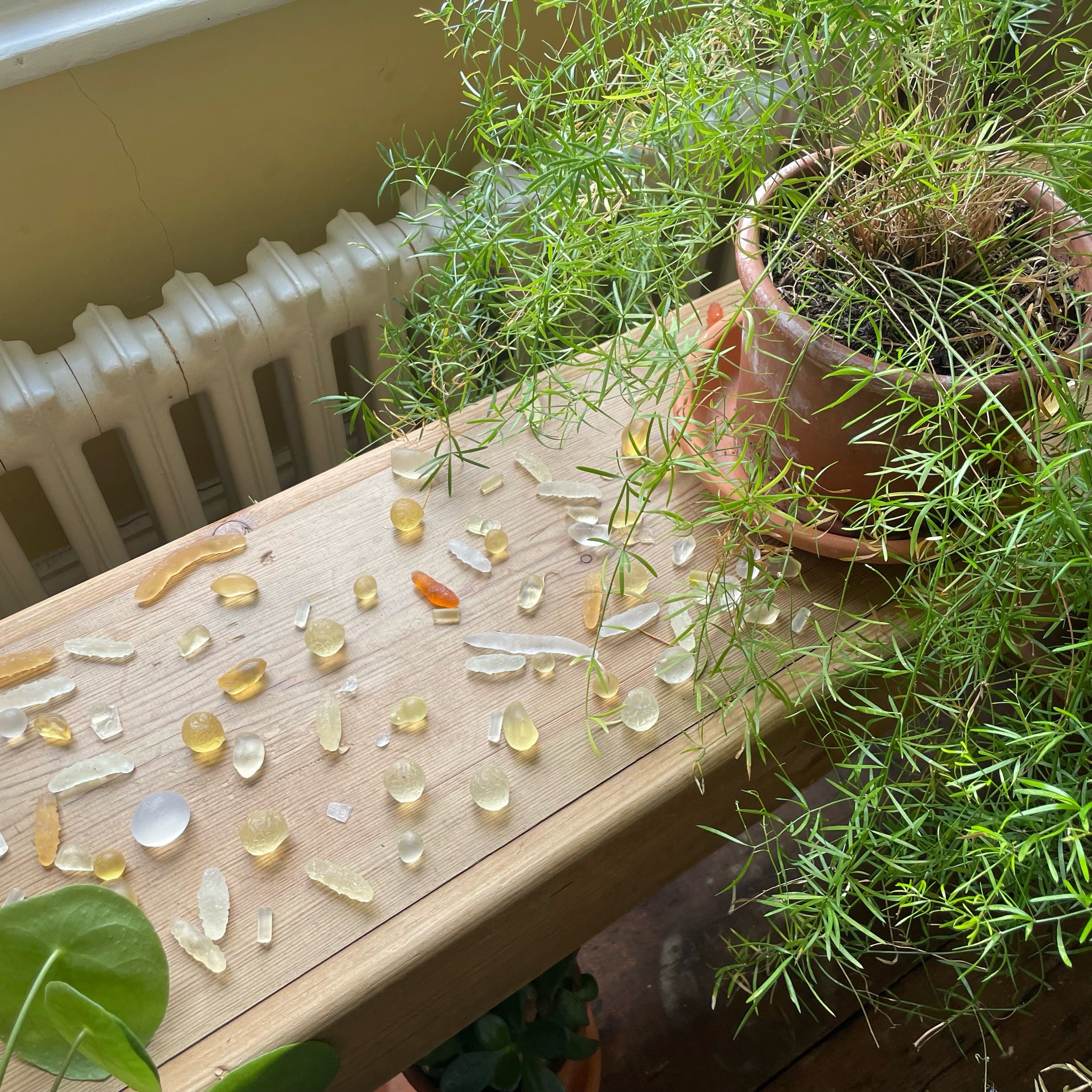
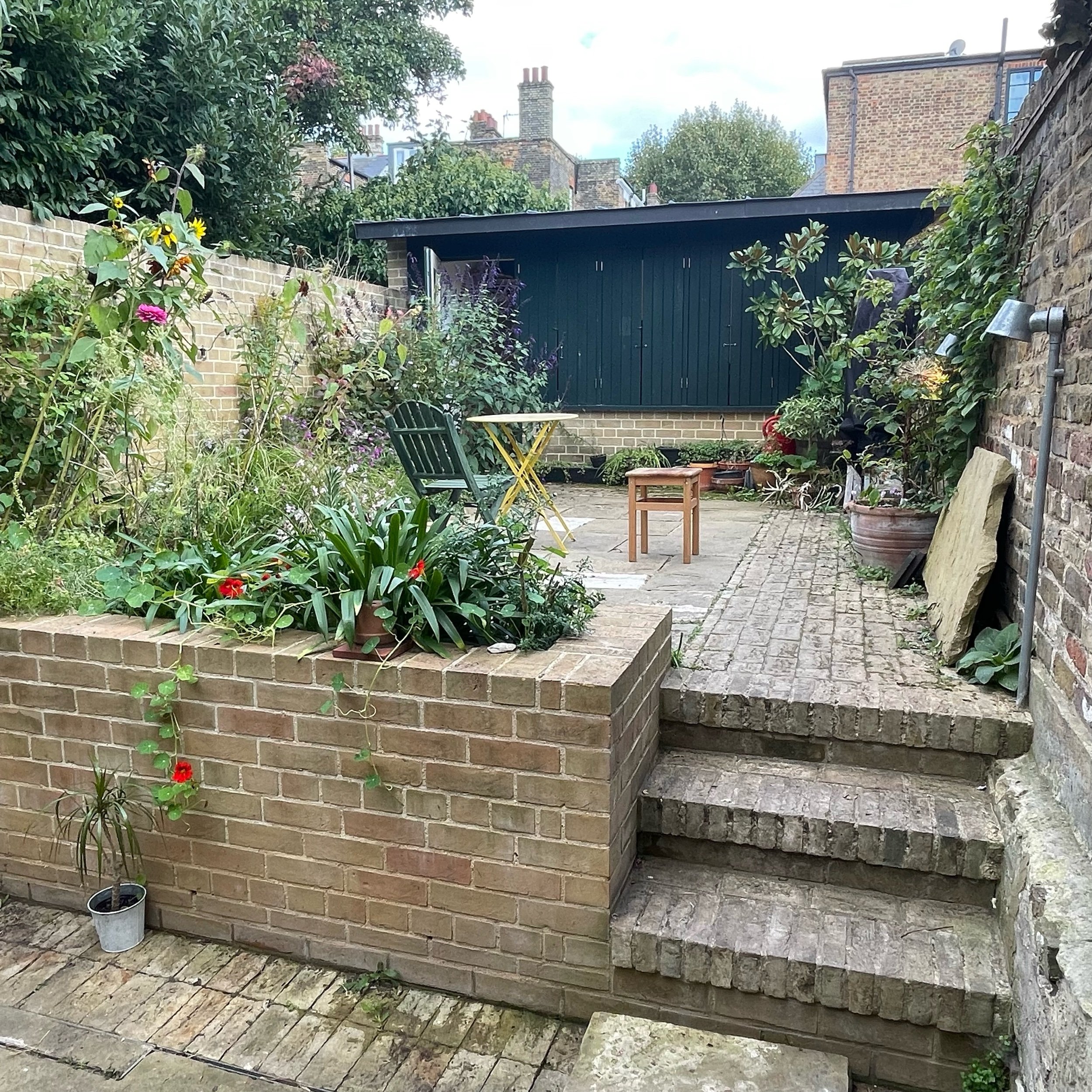
From 1873-74, about a decade before he took up painting, Vincent Van Gogh was 20 years old and living in the front, top floor room of 87 Hackford Road in Brixton. The parlour was a small school for children and young Vincent, then working as an art dealer, was one of the many lodgers who provided additional income to the widow who ran both the school and boarding house.
That we now know this is primarily due not to Van Gogh’s eventual status as a painter but to two very British traits: quirky fascinations and industrial action. Or more specifically, “postman and avid Van Gogh enthusiast Paul Chalcroft, who took it upon himself to locate Van Gogh’s London home during a postal strike” in 1971. Today there is a Blue Plaque on the front of the house which is now a non-profit arts organisation that splits its time between being a museum/gallery and a living artist residency space.
When open to the public you can wander through on your own or book a guided tour in advance. The majority of the displays cover the efforts to identify the venue as Van Gogh’s home, the history of the house and the recent renovations. You won’t see any of Van Gogh’s paintings, but there are photos showing the interior at the time of his residence, along with some replicas of his work that were painted by the postman who discovered that this was where he lived.
You’ll also encounter contemporary art installations. The current collection includes many works that you are encouraged to interact with, such as small handmade soaps you can use and take home. Or a set of ‘inspiration cards’ you can shuffle through, comprised of actual suggestions found in Van Gogh’s letters. It’s an enjoyable blend of old and new, like visiting an art loving relative who keeps your old school photos hung on the wall next to their latest acquisition.
The house is a Grade II listed Georgian home, recently renovated to preserve many original features. It’s also been given a modern extension that includes a working kitchen and garden studio, because for much of the year the facility — all of the facility! — is turned over to the artist(s) in residency. I imagine many emerging artists have lain awake at night in that upstairs room, wondering if they’ll be remembered by future generations and taking inspiration from the fact that they are about to fall asleep in the same room that Van Gogh may have snored in. But aside from the fact that Van Gogh slept here, the house is rather unremarkable.
It’s a pretty standard and modest terraced home, approximately 200 years old, with decommissioned fireplaces and one of the rooms turned into a bathroom to replace the old outdoor privy. There are probably tens of thousands just like it all over London. But this one, like 993 others, had a special fact that led to an enormous amount of effort and care to ensure it’s entire story, not just the Van Gogh fact, can be shared.
I managed to get through everything in about half an hour, but thanks to my National Art Pass the discounted £4 entry fee felt like the perfect price. If you’re paying full fare please remember that you’re helping to fund a non-profit contemporary arts organisation that supports up-and-coming artists.
Plan your visit
‘The Living House’ runs 14th September – 17th December 2023.
Opening hours regularly change throughout the year. Please check the website to confirm opening days & times.
Tickets from £7.50 adult / £4 child, students & other discounts
Visit vangoghhouse.co.uk and follow @vangoghlondon on Instagram for more info about the venue.
PLUS…
Check the What’s On page so you don’t miss any other great shows closing soon.
Subscribe to the Weekly Newsletter. (It’s FREE!)
